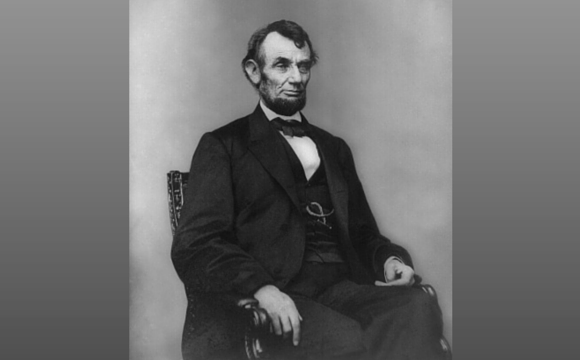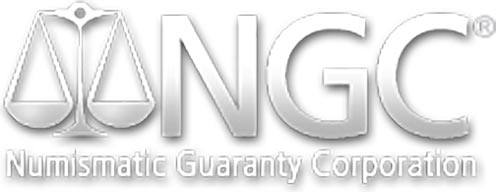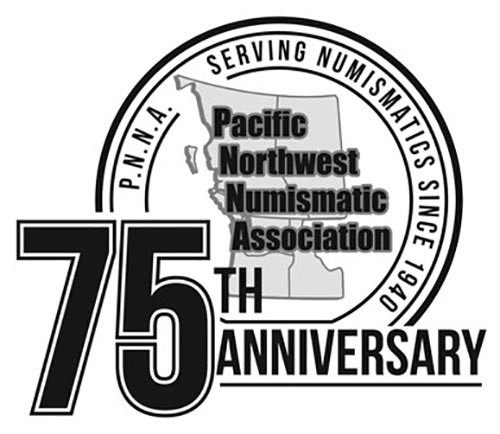
While Abraham Lincoln is well-known for his many accomplishments, his part in shaping U.S. currency is less understood. However, during Lincoln’s presidency, he did more to change U.S. currency than most presidents before and after him. From creating the first U.S. paper money to passing legislation to issue three-cent fractional currency, Lincoln left more than his image on U.S. currency.
Printed the First U.S. Paper Money
In 1862, funds were desperately needed to support the Civil War. Frustrated with the slow production of U.S. coinage, Lincoln decided to issue the first U.S. paper money. There were two types of paper currency issued under Lincoln: Demand Notes and United States Notes. Demand Notes were not official legal tender, but could be redeemed for legal U.S. currency at any time. United States Notes were printed after Lincoln saw that the amount of Demand Notes wasn’t sufficient to fund the war. The United States Notes were not backed, but were official U.S. currency. All of these paper notes, which came in a wide variety of denominations and designs, were commonly referred to as Greenbacks.
Passed Legislation to Create the Denver and Carson City Mints
During the Colorado Gold Rush, a local facility to mint coins from gold and silver ore was badly needed. Lincoln took action. Fairly early on in the rush, Lincoln signed the Act of April 21, 1862, authorizing the creation of a U.S. Mint facility at Denver. In view of the discovery of silver veins in nearby places like Aspen’s Smuggler’s Mine over a decade later, the choice to create a mint in Denver proved to be a good one. The following year, another act was passed to create the Carson City Mint. After miners discovered one of the largest silver veins in U.S. history at the Comstock Lode, a facility to turn the raw ore into coinage was necessary. Unfortunately, unlike its Denver counterpart, the Carson City Mint closed for good in 1893.
Passed Laws to Help Stop Counterfeiting
As long as there has been currency, someone has been trying to counterfeit it. One way to maintain the integrity of the U.S. currency was to make sure counterfeiters were punished to the full extent of the law. In 1864, Lincoln helped pass two acts to help combat counterfeiting. The Act of April 22, 1864, amended an older act to include more strict anti-counterfeiting measures in coin and currency production. The Act of June 8, 1864, explicitly outlawed and punished the counterfeiting of U.S. coins.
Authorized the Three-Cent Fractional Currency Note
As mentioned previously, currency was in short supply during the Civil War. As a result, everyone was hoarding silver coins, including small-denomination coins like three- and five-cent coins. In order to ease the shortage, more small-denomination currency was needed. Since most metals were being used for the war effort, and no one was spending existing coins, small-denomination paper currency, known as fractional currency, was proposed. The Act of March 3, 1865, signed by Lincoln, authorized the issuance and printing of the three-cent fractional note. Though never particularly well liked by the general public, fractional currency did serve as a good stepping-stone to get the U.S. through the last days of the Civil War.
Did you like this post? Great! Read other articles like Great American Mines: The Reed Gold Mine.
Liberty Coin & Currency specializes in rare coins and currency. We are a family-owned business located in Portland and Vancouver. We are also gold, silver, diamonds, currency and jewelry buyers. Visit us first for a free evaluation.
Like this post? Let us know on Facebook, Twitter, Instagram, Pinterest, or Google+.







